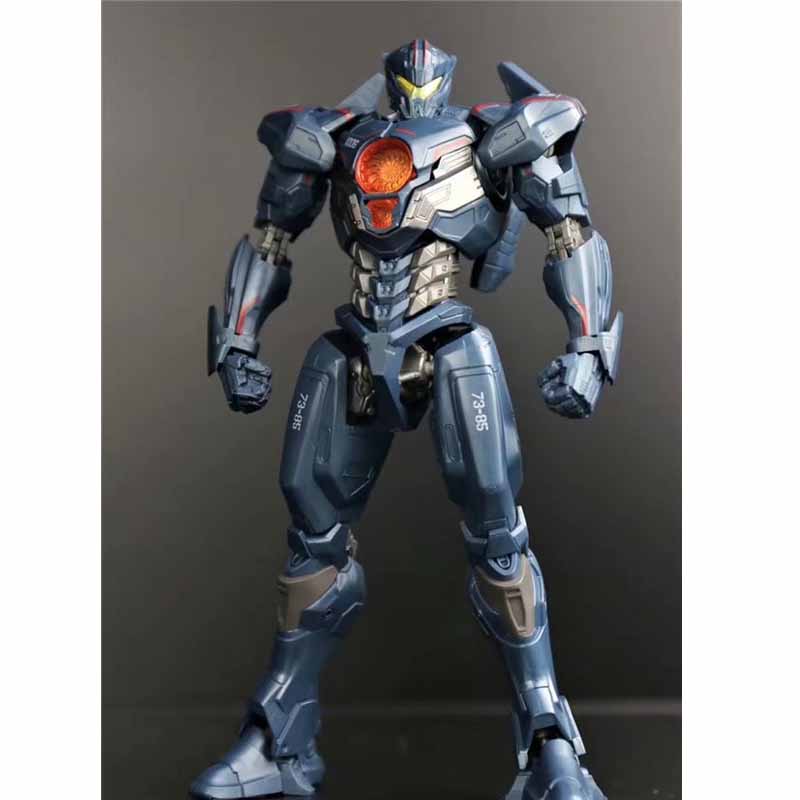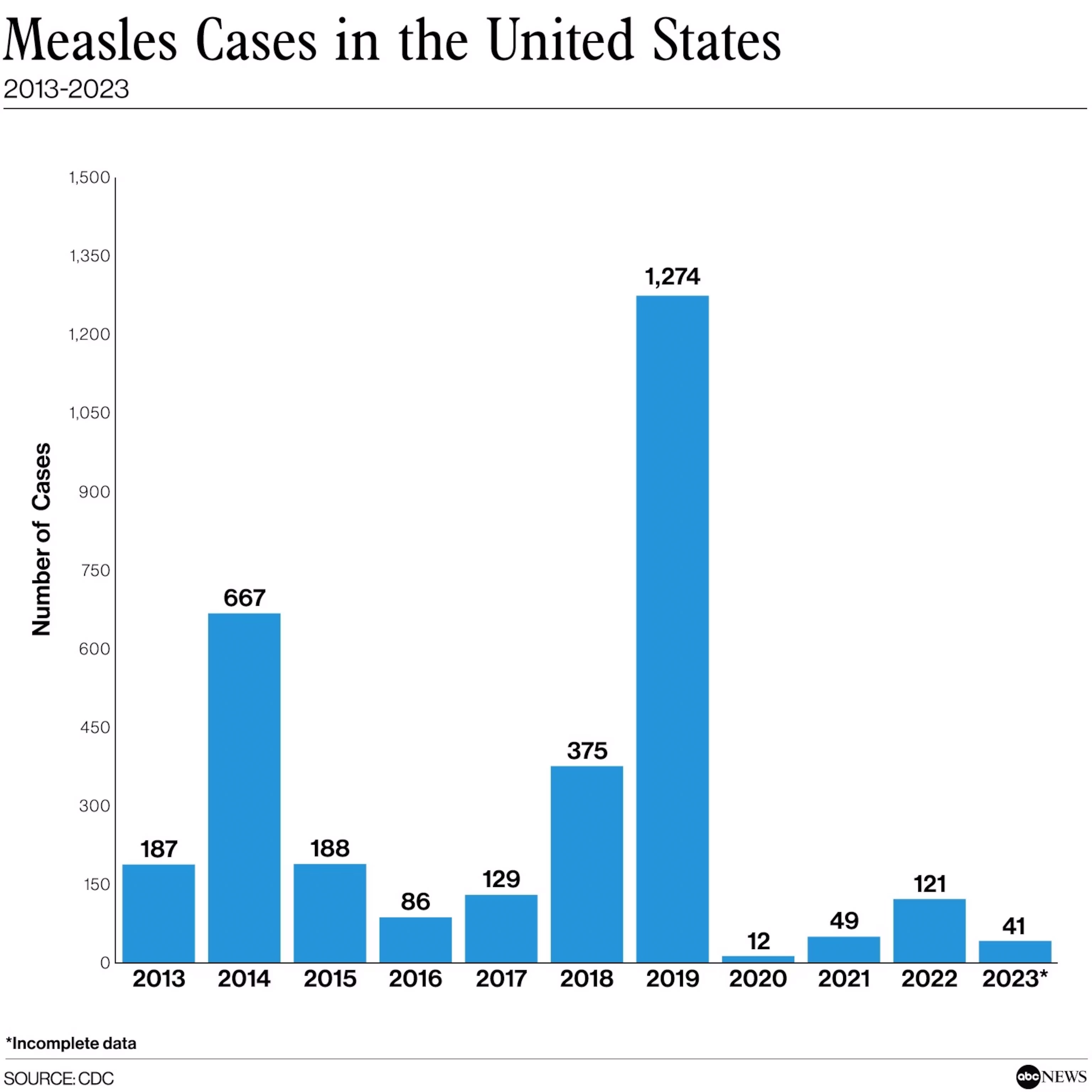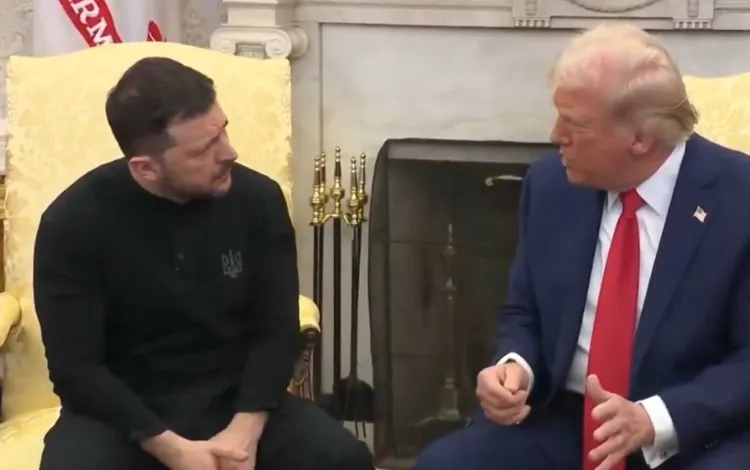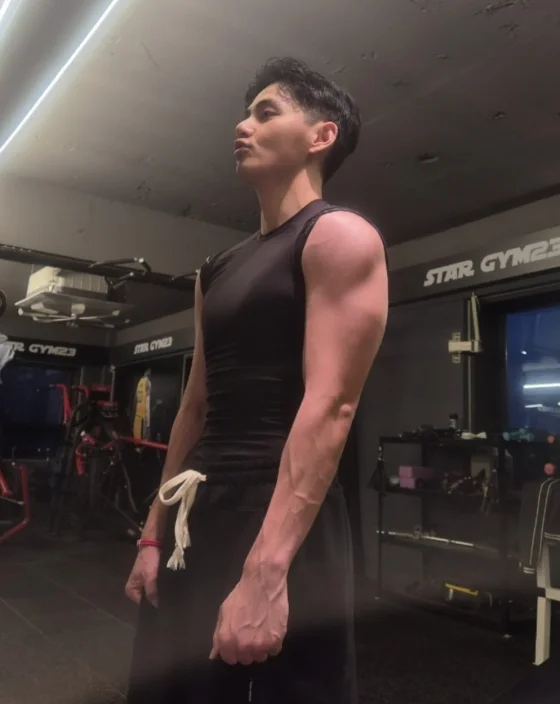Pacific Rim 2: What Could Have Been? Exploring Del Toro's Vision

Table of Contents
Del Toro's Original Concept & Themes
Guillermo del Toro's initial vision for the Pacific Rim sequel went far beyond a simple retread of the first film. His plans were ambitious, focusing on thematic depth and a richer exploration of the world he had so meticulously crafted. He envisioned a sequel that delved deeper into the mythology of the Kaiju and the Jaegers, expanding upon the lore established in the first film.
-
Deeper exploration of the Kaiju and their origins: Del Toro wanted to unveil the true nature of the Kaiju, exploring their origins, motivations, and potential societal structures. This would have involved showcasing a more diverse range of Kaiju, each with unique abilities and backstories. Imagine the possibilities: Kaiju with elemental powers, complex social hierarchies, or even hints of intelligence and sentience.
-
More nuanced character development, especially for Raleigh Becket: The original film's protagonist, Raleigh Becket, was slated for significant character development in Del Toro's sequel. He envisioned exploring Becket's internal struggles, his PTSD from battling the Kaiju, and his evolving relationship with the world around him. This would have created a more relatable and emotionally resonant character arc.
-
Focus on the political and societal impact of the Kaiju attacks: Del Toro wanted to explore the geopolitical implications of the Kaiju attacks, showcasing the global response and the shifting power dynamics among nations. This would have added a layer of political intrigue and realism to the narrative. The ongoing threat of the Kaiju would have reshaped alliances and driven international cooperation – or fierce competition – for resources and technology.
-
Introduction of new, more diverse Jaegers and pilots: Del Toro planned to introduce a new generation of Jaegers, each with unique designs, capabilities, and technological advancements. This would have provided exciting visual spectacle and introduced a fresh crop of diverse pilots, broadening the representation within the Pacific Rim universe. We could have seen specialized Jaegers built for specific Kaiju threats, adding to the strategic depth of the battles.
-
Potential for a more intricate storyline involving multiple factions: The sequel would have explored multiple factions vying for control over resources and technology, potentially including both human and Kaiju-related elements. This would have added complexity and depth to the narrative, making it more engaging and unpredictable. Imagine competing Jaeger programs, corporate espionage, and even hints of cooperation with certain Kaiju.
The Differences Between Del Toro's Vision and Uprising
Pacific Rim Uprising, while entertaining, took a vastly different approach compared to Del Toro's envisioned sequel. The tone shifted from the darker, more serious atmosphere of the original to a lighter, more action-focused style. This impacted character development significantly, with Raleigh Becket's role reduced to a mentor figure, sacrificing the potential for a more nuanced exploration of his character arc.
-
Tone and style differences: Uprising opted for a more youthful, energetic tone, sacrificing some of the gritty realism and thematic depth present in the original. Del Toro’s vision leaned toward a darker, more mature storyline.
-
Character development comparisons: Raleigh Becket’s diminished role is a prime example of the difference. Del Toro intended a far more complex portrayal grappling with trauma and moral ambiguity.
-
Story differences: Uprising focused on a new generation of pilots and a more straightforward plot, whereas Del Toro's concept was built around intricate political maneuvering and a deeper exploration of the Kaiju threat. The central conflict was less complex and less emotionally resonant.
-
Visual style and aesthetic differences: While Uprising retained some of the visual flair of the original, it lacked the distinctive, gothic-inspired aesthetic that defined Del Toro's work. The Kaiju designs were less unique and the overall visual impact was less impactful.
These differences highlight why a Del Toro-directed sequel might have been more successful. His distinct style and focus on character development and thematic complexity proved highly effective in the original Pacific Rim, and applying this to the sequel would likely have resulted in a more critically acclaimed and commercially successful film.
The Potential Impact of Del Toro's Vision
Had Del Toro's vision for Pacific Rim 2 been realized, the impact on the franchise's longevity and critical reception would likely have been substantial.
-
Increased critical acclaim and awards potential: A film imbued with Del Toro's signature style and thematic depth would likely have garnered significant critical praise and awards recognition.
-
Stronger fanbase loyalty and a more cohesive narrative arc: A sequel aligned with the original's tone and themes would have created a more satisfying and cohesive narrative arc, strengthening fan loyalty and generating greater enthusiasm for potential future installments.
-
Greater box office success due to increased critical acclaim: Positive critical reception often translates to increased box office success. A well-received sequel would have likely generated higher box office numbers than Uprising.
-
Potential for a more successful franchise expansion: A critically and commercially successful sequel would have opened doors for a broader franchise expansion, potentially including spin-offs, animated series, video games, and extensive merchandise.
Exploring Unproduced Ideas and Concepts
While much of Del Toro's vision remains shrouded in secrecy, leaked concept art, interviews, and fan speculation offer glimpses into unproduced aspects of his Pacific Rim 2.
-
Speculation on potential new Kaiju designs and their unique abilities: Fan theories suggest vastly different Kaiju, some with abilities far beyond those seen in the films, perhaps capable of manipulating the environment, or possessing advanced intelligence.
-
Discussion of potential new Jaeger designs and technological advancements: Speculation includes designs that go beyond the bipedal Jaeger form, incorporating more diverse designs reflecting unique combat strategies.
-
Exploration of plot points and character arcs that were ultimately cut or changed: Discussions abound about potential character arcs, political intrigue, and expanded lore surrounding both the Kaiju and the Jaegers. Many believe that a darker exploration of the human cost of war would have been central to the plot.
These unproduced ideas highlight the creative potential that was lost when Del Toro stepped away from the project.
Conclusion
The key difference between Del Toro's vision for Pacific Rim 2 and Uprising lies in the prioritization of thematic depth and character development versus a more action-oriented approach. Del Toro's sequel would have almost certainly elevated the franchise's critical acclaim and box office potential, fostering a stronger narrative and greater fan loyalty. While Pacific Rim Uprising offered its own take on the universe, exploring Del Toro's original vision for Pacific Rim 2 reveals a missed opportunity for a truly epic and thematically rich sequel. Let's continue the conversation – share your thoughts on what could have been in the comments below! What aspects of Del Toro's Pacific Rim 2 vision are you most disappointed to have missed? Discuss your favorite aspects of the original Pacific Rim and what you would have liked to see in a potential sequel directed by Del Toro. Let's keep the discussion about Pacific Rim 2 and its potential alive!

Featured Posts
-
 Slight Increase In Us Measles Cases Total Reaches 1 046
May 30, 2025
Slight Increase In Us Measles Cases Total Reaches 1 046
May 30, 2025 -
 Adu Mekanik Kawasaki W175 Vs Honda St 125 Dax Perbandingan Klasik Dan Modern
May 30, 2025
Adu Mekanik Kawasaki W175 Vs Honda St 125 Dax Perbandingan Klasik Dan Modern
May 30, 2025 -
 Transkrypcja Rozmowy Trump I Zelenski
May 30, 2025
Transkrypcja Rozmowy Trump I Zelenski
May 30, 2025 -
 3 Billion Loan Reversal Trump Administrations Action Against Sunnova Energy
May 30, 2025
3 Billion Loan Reversal Trump Administrations Action Against Sunnova Energy
May 30, 2025 -
 Viral Gym Pics Bts V And Jungkooks Post Military Physiques Impress Fans
May 30, 2025
Viral Gym Pics Bts V And Jungkooks Post Military Physiques Impress Fans
May 30, 2025
